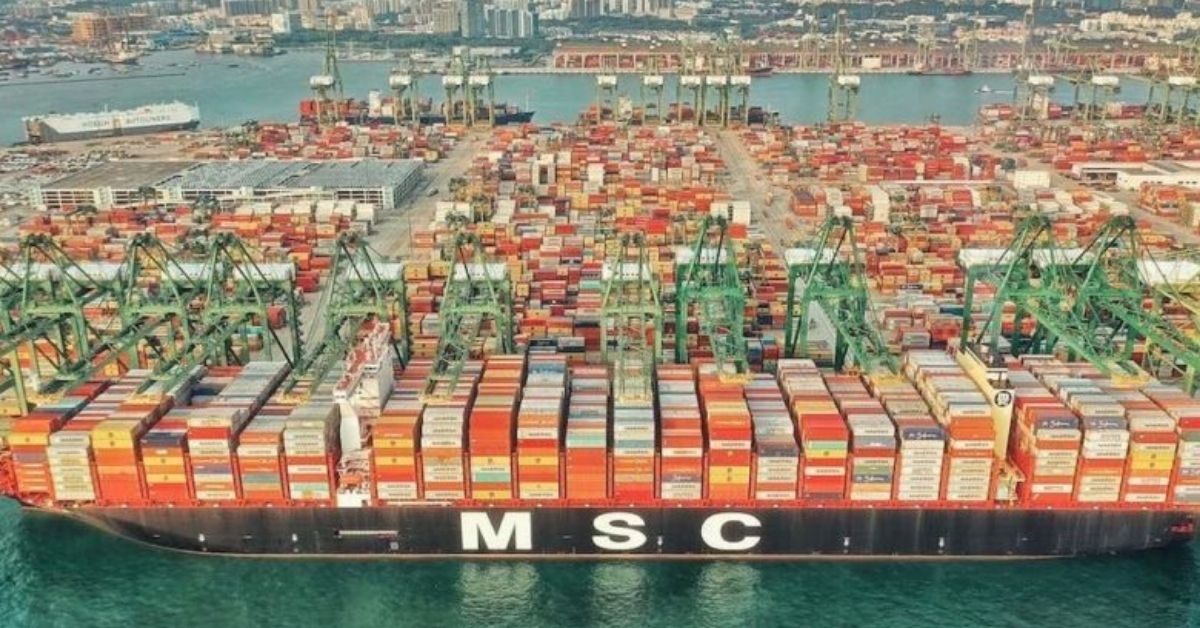The freight rates had appeared to mellow down a bit and the trade was just expecting some correction in the otherwise sky high shipping charges, but the shipping giants operating on the India-US trade lanes are back in action to hit the big bucks again by capitalising on the expected peak season cargo movements.
Mediterranean Shipping Co. (MSC) seems to lead that rate push. The Geneva-based liner, which has three weekly connections out of West India for the US East Coast, has significantly jacked up peak season surcharges it had earlier planned to apply from 4 July.
The PSS levy has been increased to US$2,000 per container, effective 1 August, instead of U$500 per box that was to come into force on 4 July.
“In order to maintain the high level of reliability and efficiency of our services to meet the needs of our customers, MSC will apply PSS, effective 1 August handover, ex-India to the US and San Juan, Puerto Rico,” MSC (India) said in a customer advisory.
In addition, MSC has announced a fresh general rate increase (GRI) on the same trade route. From 11 August, it will start charging a GRI of US$1,500 per container for Indian cargo moving to the US and San Juan.
“This will be applicable for all containers,” the company said in a separate advisory.
That comes on top of a GRI of the same amount MSC implemented from 15 July.
Similarly, Hapag-Lloyd will hike India-US rates substantially with a GRI of US$1,600 per TEU and US$2,000 per FEU from 1 August, according to market sources.
Other operators offering regular India-US connections are expected to follow suit.
Meanwhile, Container xChange, an equipment marketplace provider, in its latest report noted that southern India ports are facing a shortage of containers because of the disruptions plaguing Sri Lanka’s Colombo Port, a key transshipment hub for the subcontinent region.
“There has been a 25% shortage of containers at the Chennai Port, which has made it face a rise in shipping costs,” said Container xChange.
“With the trade routes between Asia and the US as well as Asia and Europe opening, the shipping industry in the country is struggling to keep up with the gap between container demand and supply,” added Container xChange. A company’s analyst explained, “Colombo has always been a priced possession of the Indian maritime trade; however, Sri Lanka’s crippling economic crisis has triggered an altering response in the region’s shipping industry. To put things into perspective, the industry has observed some freight forwarders avoid calling Colombo port. This has put maritime logistics in other parts of the region in a beneficial state.”








